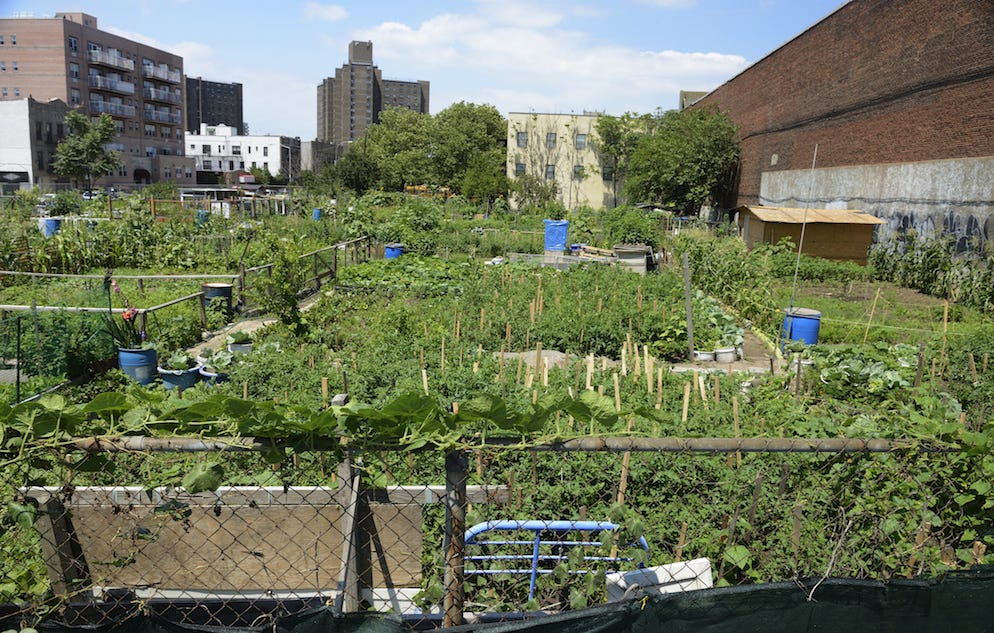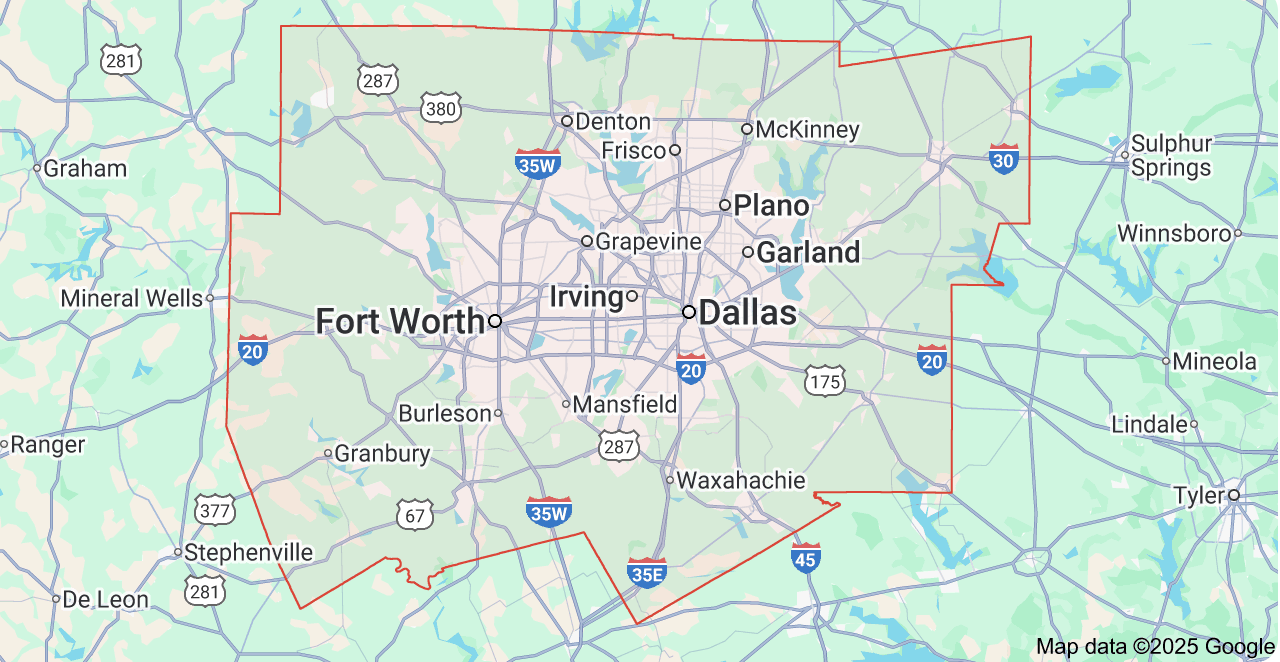The Challenge: You Can’t Build a Local Food System Without Local Food
Expanding on the Roadmap to Scale Small Farms - Essay #1
This is the first in a series of essays expanding on the Roadmap to Scale Small Farms that I shared recently. That roadmap itself was inspired by my deeper reflection on how to build a truly functional Local Food System. As I see it today, the single most critical issue to achieving that goal is straightforward:
We simply don’t produce enough food locally.
There are many challenges to building a localized food economy, and future essays will explore them. But we have to start with this: if we don’t produce more local food, we’ll never build a real local food economy.
Here in the Dallas-Fort Worth metroplex—the sixth largest urban area in the U.S. with nearly 8 million residents—we're not going to achieve food sovereignty. That’s not the goal. My objective is more focused, but still deeply ambitious: redirect just 1% of the DFW food system into local channels. That’s a $400 million annual impact.
But to do that, we need more production. That means we need to address one foundational issue: land access.
Redefining the Farm: Small, Smart, and Already Working
Urban land is expensive. Cities are designed to maximize the tax basis of every parcel, so agricultural use is often discouraged—intentionally or not. Traditional farms won't work within these constraints. The city simply doesn't want farms that look like farms.
But here’s the truth I know from experience: urban farming is a different breed. And it works.
I’ve owned several farms. One aquaponic operation spanned two greenhouses totaling 3,500 sqft, on a 5,000 sqft footprint. A mushroom farm I co-founded was run in a 2,000 sqft warehouse—formerly an autobody shop. I know successful market farmers working 2,500 sqft or less, and profitable microgreen growers operating under 1,000 sqft.
We don’t need massive land. We need intelligent design.
Urban farming already thrives elsewhere:
Curtis Stone teaches farming on vacant urban lots.
Karen Washington built a NYC network of community farms on unused plots.
Green City Growers in Boston grows on rooftops.
Gotham Greens launched high-tech greenhouses atop grocery stores.
The proof exists. The models are out there. We just need to build DFW’s version.
Unlocking Land: Creative Access in the Urban Jungle
So how do we begin?
Step 1: Map what’s already growing.
We need to know who is growing food in DFW today, and where. This foundational map will reveal patterns—and gaps.
Step 2: Identify underutilized land.
What should we look for?
Vacant lots
Empty warehouses
Rooftops on schools, offices, retail centers
Oversized backyards
These spaces are everywhere if you train your eye. They’re underused, overlooked, and often hiding in plain sight.
Step 3: Prioritize proximity.
Rank sites by accessibility to consumers. Proximity to the end customer reduces transportation, refrigeration, and delivery costs—and increases profitability.
Step 4: Create accessible ownership models.
Urban land costs more. We need creative solutions:
Lease-to-own models for beginning farmers
Long-term land leases with equity options
A nonprofit or land trust that purchases and holds land, offering favorable terms to mission-aligned growers
Step 5: Reform zoning with intention.
Urban ag faces real regulatory friction. I know this first-hand. In my first farm buildout, I was told to pour 18" concrete footings around a seasonal greenhouse. In another case, a city required a paved road over a mile long to get to a tool shed alongside a field of row crops for fire department access.
These aren’t just hassles. They’re startup killers. We need micro-farm zoning classifications that account for scale, seasonality, and sustainability—not legacy industrial standards.
The Path Forward: From Land to Life
Addressing land access is step one. It doesn’t grow a single tomato by itself. But it’s the necessary foundation.
From here, we move to the next part of the roadmap: training and supporting a new generation of urban farmers. We need systems of mentorship, hands-on experience, and financial scaffolding that empower people to turn those empty lots into living ecosystems.
If you have thoughts, critiques, or want to help build this, join me. I don’t have all the answers—I’m asking questions and inviting collaborators.
Because this doesn’t get built by one person. It takes a network. It takes advocates, growers, designers, chefs, consumers, and neighbors.

And maybe, just maybe, it takes a few thousand square feet of forgotten space and someone willing to turn it into food.
Let’s plant some seeds.





Search query for those just getting started: ‘Permaculture and Urban Farming’
I’m with you on the goal. In my experience (15 years working with urban ag in Lansing, MI), its market access and profitability that holds the movement back. It’s entirely possible this is an us problem, but I suspect it is more widespread than that. We made a LOT of land accessible through a county gov’t program, $100/acre with access to a lot of great support services (tractor work, water support) but folks can’t sell their product at a fair price. I’ve watched farm after farm burnout because of the economics.